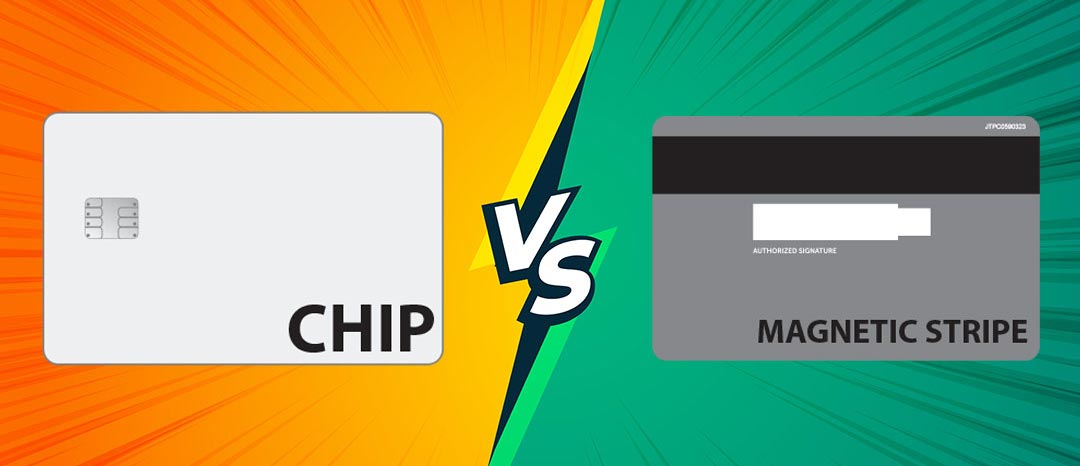
Difference between chip and magnetic cards
In the digital era, the existence of ATM cards is very important in everyday life. ATM cards are used for various financial transactions, from cash withdrawals, fund transfers, to payments in various places.
However, did you know that there are two types of ATM cards that are commonly used, namely ATM cards with chip technology and ATM cards with magnetic stripe technology? In this article, we will learn more about these two types of cards.
ATM Card with Chip Technology
It is a card equipped with a chip embedded in it. This chip functions as a data storage medium that is safer and more sophisticated than a magnetic stripe. Some main characteristics of ATM card chips include :
1. Higher security level
One of the main advantages of ATM card chips is their higher level of security. By using chip technology, the data on ATM cards becomes more difficult to compensate for or steal by unauthorized parties. This makes your financial transactions more protected from the threat of identity theft or data breaches.
2. Faster data reading
Chip technology makes it possible to read data on ATM cards more quickly and efficiently. This reduces the time needed to carry out transactions at ATM machines or EDC (Electronic Data Capture) machines, so that the use of ATM card chips can increase efficiency in daily financial activities.
3. Requirement to enter PIN
In general, ATM card chips require the use of a PIN (Personal Identification Number) every time you make a transaction, be it a cash withdrawal or payment at an EDC machine. This adds an extra layer of security; even though the physical card may be stolen, the thief won’t be able to make a transaction without knowing your PIN.
ATM Card with Magnetic Stripe Technology
Meanwhile, an ATM card with magnetic stripe technology is a card that uses a magnetic strip in the form of three horizontal lines to store data. Even though they have been around for a long time and are still widely used, ATM cards with magnetic stripe technology have several disadvantages that you need to pay attention.
1. Susceptible to skimming
One of the main disadvantages of magnetic stripe ATM cards is that they are susceptible to skimming. Skimming is the practice of data theft, which is carried out by tapping information stored on the magnetic stripe of an ATM card. Thieves can use the information they obtain to make copies of cards and carry out unauthorized transactions.
2. Slow data reading
Compared to ATM card chips, reading data on magnetic stripe ATM cards tends to be slower and less efficient. This can cause queues at ATM machines or EDC machines, especially at busy times.
3. More easily damaged
ATM cards with magnetic stripe technology tend to be more susceptible to damage compared to ATM cards with chip technology. This is due to the physical nature of the magnetic stripe, which is vulnerable to hacking and damage due to repeated use.
In the increasingly advanced digital era, security and efficiency in transactions are very important. ATM cards with chip technology offer a higher level of security and faster data reading, while ATM cards with magnetic stripe technology have weaknesses in terms of security and efficiency.
Therefore, to minimize the risk of theft and speed up the transaction process, it is recommended to use ATM card with chips whenever possible. In this way, you can carry out financial activities more safely and efficiently.
